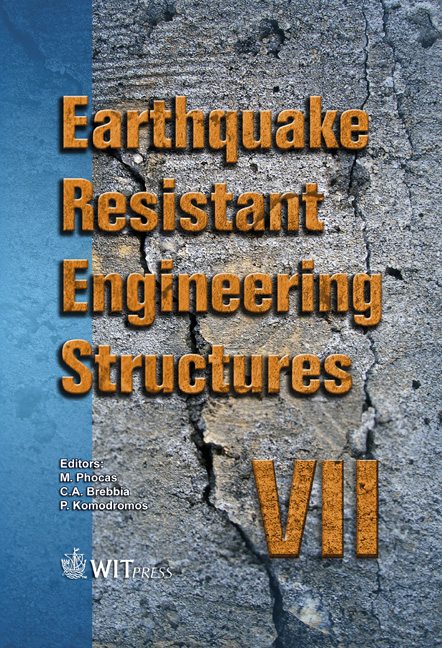A Design For De-fragmentation Of Concrete Materials To Decline The Vulnerability In The Reconstruction Of Houses
Price
Free (open access)
Transaction
Volume
104
Pages
11
Page Range
419 - 429
Published
2009
Size
831 kb
Paper DOI
10.2495/ERES090381
Copyright
WIT Press
Author(s)
S. Shahnoori & L. Voorbij
Abstract
In an integrated building system optimization of the sub-systems and the segments is a key issue. Improving the structural elements and materials for a reconstruction after an earthquake is even more important than a normal construction. Because earthquakes annually cause big economic and human impacts on world’s society such as losses of energy (causing depletion of natural resources in a large scale), efforts, and lives. With building destruction in seismic areas, the collapse of construction materials and their weight is the main reason for fatalities and severe injuries. Houses as the major inhabited buildings are the main subject of the collapse or damages in earthquakes. Thus, to guarantee the sustainability by an integrated design and a qualitative building system, appropriately materialization of houses is highly important in seismic areas. As the context of this study is a seismic desert city, it concentrates on increasing the efficiency of the building system in such an area. The main goal is declining the vulnerability of the inhabitants of a house by appropriately materialisation and designing for de-fragmentation. Keywords: fiber reinforced concrete, seismic application, material defragmentation, structural safety element, externally bonded FRP. 1 Introduction Material fragmentation (especially in concrete structures) that occurs during disasters is a very probable consequence of structural collapse. This does not only threats the lives of the inhabitants of the buildings but also has a huge
Keywords
fiber reinforced concrete, seismic application, material defragmentation, structural safety element, externally bonded FRP.





